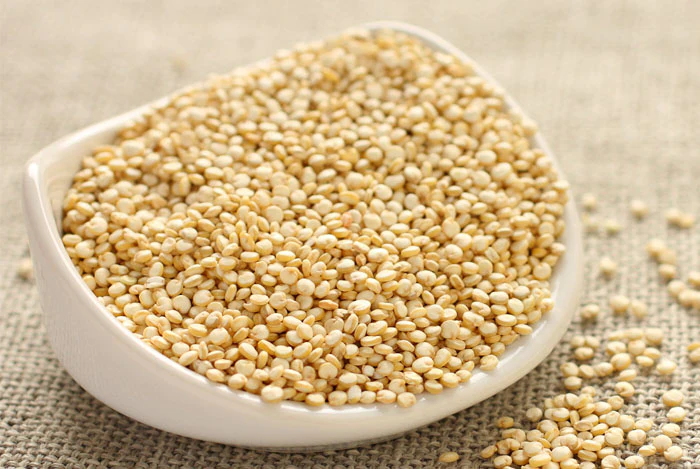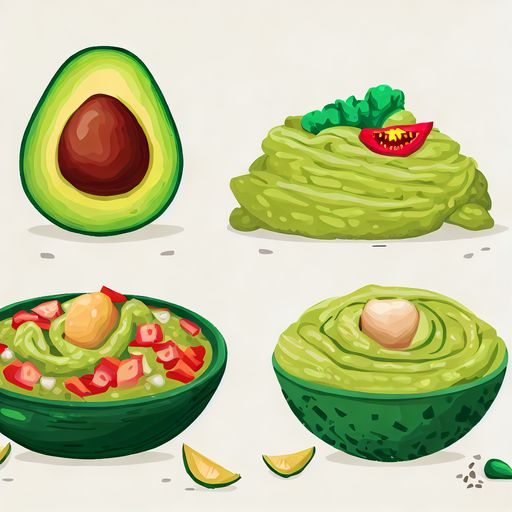How Long Does Quinoa Stomach Pain Last?
Quinoa has become an incredibly popular “superfood” in recent years due to its stellar nutritional profile. This ancient grain is high in protein, fiber, minerals, and antioxidants. However, some people experience stomach pain and discomfort after eating quinoa, especially when first introducing it into their diet. So how long does this quinoa stomach pain typically last?
In this comprehensive guide, I’ll cover the various factors that affect the duration of quinoa stomach pain, provide tips to prevent/reduce the discomfort, and advise when you should seek medical care.
What Causes Quinoa Stomach Pain?
The outer layer of quinoa seeds contains saponins, bitter-tasting glycoside compounds that help protect the plant from insects, fungi, and other threats. Unfortunately, these saponins can irritate the digestive tract in humans, causing inflammation and discomfort.
Saponins give quinoa its slightly bitter taste. They work as a natural pesticide and fungicide for the plant. But for us, they can wreak havoc on our digestive lining. This leads to the stomach pain, cramps, and diarrhea that some people experience after eating quinoa.
Not all quinoa contains the same levels of saponins. Some varieties have had most of the saponins removed. Other packages recommend thoroughly rinsing the quinoa before cooking to wash away most of the saponins on the outer layer. But trace amounts still remain in most quinoa sold commercially.
For sensitive individuals, even small amounts of saponins can trigger significant gastrointestinal distress. The stomach lining becomes inflamed and irritated when saponins are present, which slows down digestion and causes painful symptoms.
How Long Does Quinoa Stomach Pain Last?
So exactly how long does quinoa stomach pain usually last? For most people, discomfort starts 1 to 3 hours after eating quinoa. This is when the saponins reach the digestive tract in large concentrations and begin irritating the lining.
The pain and discomfort typically lasts around 3 to 6 hours for many. However, it can persist up to 24 hours in those particularly sensitive. The most common symptoms are cramping, bloating, excess gas, diarrhea, and general abdominal pain and discomfort.
This is because the saponins cause inflammation in the digestive tract, which slows down the normal contractions that move food through the system. This means the quinoa lingers longer, prolonging the irritation and making symptoms last longer.
Of course, the duration can vary quite a bit based on the individual. Factors like how much quinoa was eaten, whether it was rinsed, gut health, and tolerance levels all impact how long quinoa stomach pain lasts.
Factors Affecting Duration of Quinoa Stomach Pain
Several key factors determine how long you’ll experience quinoa stomach pain:
- Amount consumed – Eating a larger serving of quinoa means consuming more saponins, which could increase irritation and prolong discomfort. Start with a small portion.
- Rinsing – Thoroughly rinsing quinoa before cooking reduces the saponin content, which may shorten duration. But trace amounts still remain.
- Individual sensitivity – Those with gastrointestinal conditions like IBS are often more prone to longer-lasting quinoa discomfort.
- Age – Younger individuals tend to tolerate saponins better with less severe effects than older.
So if you eat a large unrinsed serving of quinoa on your first try and have a sensitive stomach, you may experience more extended or severe quinoa stomach pain. Start slow with rinsed quinoa to minimize duration.
How to Prevent or Reduce Quinoa Stomach Discomfort
Here are some tips to help prevent or reduce the likelihood and severity of quinoa stomach pain:
- Rinse thoroughly – Make sure to rinse quinoa very well in a fine mesh strainer before cooking. This removes most of the saponins.
- Introduce slowly – When first adding quinoa to your diet, start with a small amount like 1/4 cup and increase slowly over days/weeks.
- Take medication – Consider over-the-counter gas relief or antacid medication shortly after eating quinoa to reduce effects.
- Eat with bland foods – Combining quinoa with starchy, low-fiber foods may help dilute saponins and minimize irritation.
Using these preventative strategies, you can typically build up a tolerance to saponins over time. With gradual introduction, you’ll hopefully adjust without significant discomfort.
When to Seek Medical Care for Quinoa Stomach Pain
In most cases, quinoa stomach pain is unpleasant but not dangerous. However, contact your doctor if:
- Pain is severe or persists longer than 24 hours
- You experience concerning symptoms like vomiting, fever, or blood in stool
- Discomfort interferes with normal activities
- You recently made a major change in quinoa consumption
- You have a known gastrointestinal condition that’s worsening
Seek prompt medical care if you experience severe abdominal pain, vomiting, bloody stool, fever, or dehydration. These could signify a serious condition unrelated to quinoa but requiring emergency care. Mild quinoa discomfort can usually be managed at home with prevention strategies.
Conclusion: Monitor Duration and Adjust Accordingly
In conclusion, quinoa is a nutritious gluten-free grain that can cause stomach pain and discomfort when first introduced, due to its natural saponins. For most people, this quinoa stomach pain starts 1-3 hours after eating and lasts around 3-6 hours but could persist up to 24 hours.
Rinsing the quinoa, starting small, taking medication, and eating blandly can help reduce discomfort. Seek medical care if pain is severe or you have concerning symptoms. With some trial and error, most people can find an approach that allows them to reap quinoa’s nutritional benefits without significant lasting stomach pain!






